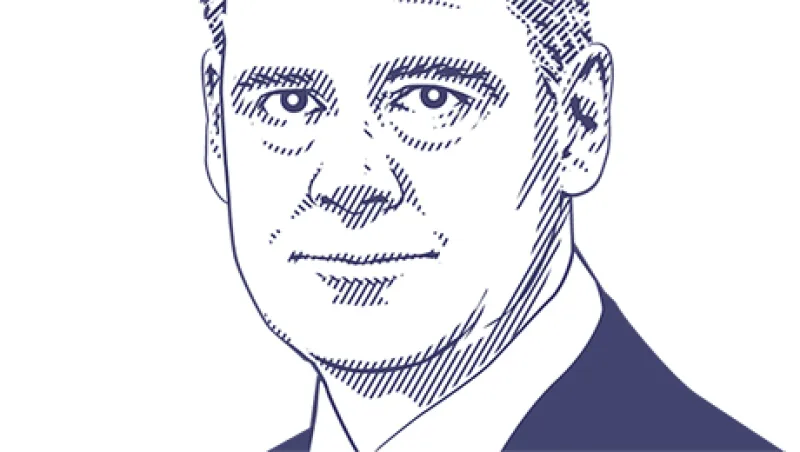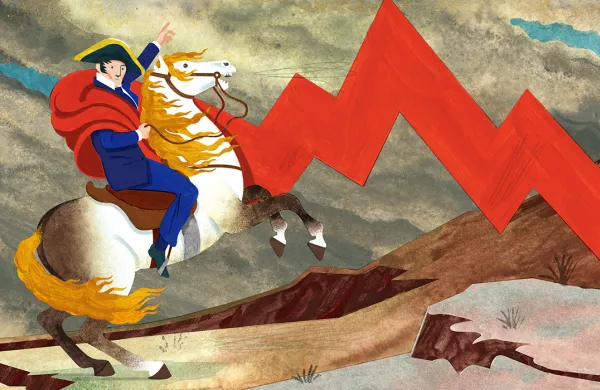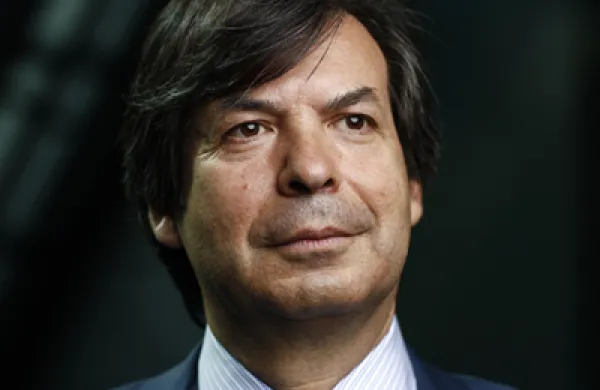Henrik Gade Jepsen doesn’t lack for motivation. As CIO of ATP, Denmark’s 4.9 million-member state supplementary pension scheme, he is responsible for the nation’s retirement security. “It’s really motivating to work for a company that provides basic income for the entire population,” he says.
ATP has been at the frontier of pension innovation for more than a decade. It began large-scale hedging of its liabilities in 2001 and five years later formally divided the fund — which today boasts an impressive 700 billion Danish kroner ($101 billion) in assets — into a hedging portfolio designed to preserve ATP’s ability to meet pension obligations and an investment portfolio geared toward generating returns. It split the investment portfolio into alpha and beta strategies and created a 35-person internal hedge fund team, ATP Alpha.
Jepsen, who turns 52 in April, worked as an economist at Denmark’s central bank and the International Monetary Fund before joining ATP in 1999 as head of fixed income. He rose to deputy CIO in 2007 and CIO in 2011. Jepsen could have left the ATP model intact, but the postcrisis years prompted a rethink. Hedge fund returns didn’t justify the expense and complexity. So two years ago Jepsen closed down ATP’s hedge fund platform and integrated alpha and beta strategies around a risk-based approach. “A lot of what you call alpha is in reality exposure to some kind of risk factor,” he explains.
Today, ATP divides the investment portfolio into five risk classes: equities, which took up 56 percent of the risk budget at the end of 2014; interest rates (7 percent); credit (8 percent); inflation (21 percent); and commodities (8 percent). The new approach enhances diversification and provides a clearer view of the portfolio’s overall risk, the CIO contends. Yet he’s not prepared to write anything in stone. “If the environment changes, we will change,” he says. “What worked in 2008 is definitely not going to work in 2015.”
Jepsen’s biggest fear today is that diversification itself will stop working. Rates are close to, if not below, zero across much of the developed world, and equities appear fully valued. So ATP is taking advantage of its size and long-term horizon to buy more illiquid assets, where prospective returns are higher. Last year it plunked down €428 million (then worth $585 million) to buy 90 percent of the North Galaxy office towers in Brussels, making the fund the landlord of Belgium’s Finance Ministry.
The strategy is working. ATP delivered a 6.5 percent return on its investment portfolio last year while a bumper return of Dkr132 billion on the hedging portfolio, thanks to plunging rates, allowed the board to boost payments to current pensioners by 1.5 percent. The CIO’s changes also trimmed ATP’s expense ratio by two basis points, to just 18 basis points. Jepsen isn’t letting success go to his head: “I’ve been in this long enough to be humble about declaring victory. But so far, so good.”
This profile is one of 12 written for our 2015 European Investment Management Awards, which honors some of the best investors in the business. See also profiles of Centrica's Chetan Ghosh and Lancashire County Pension Fund's Michael Jensen.
Follow Tom Buerkle on Twitter at @tombuerkle. Read his blog, “The Globalist.”






